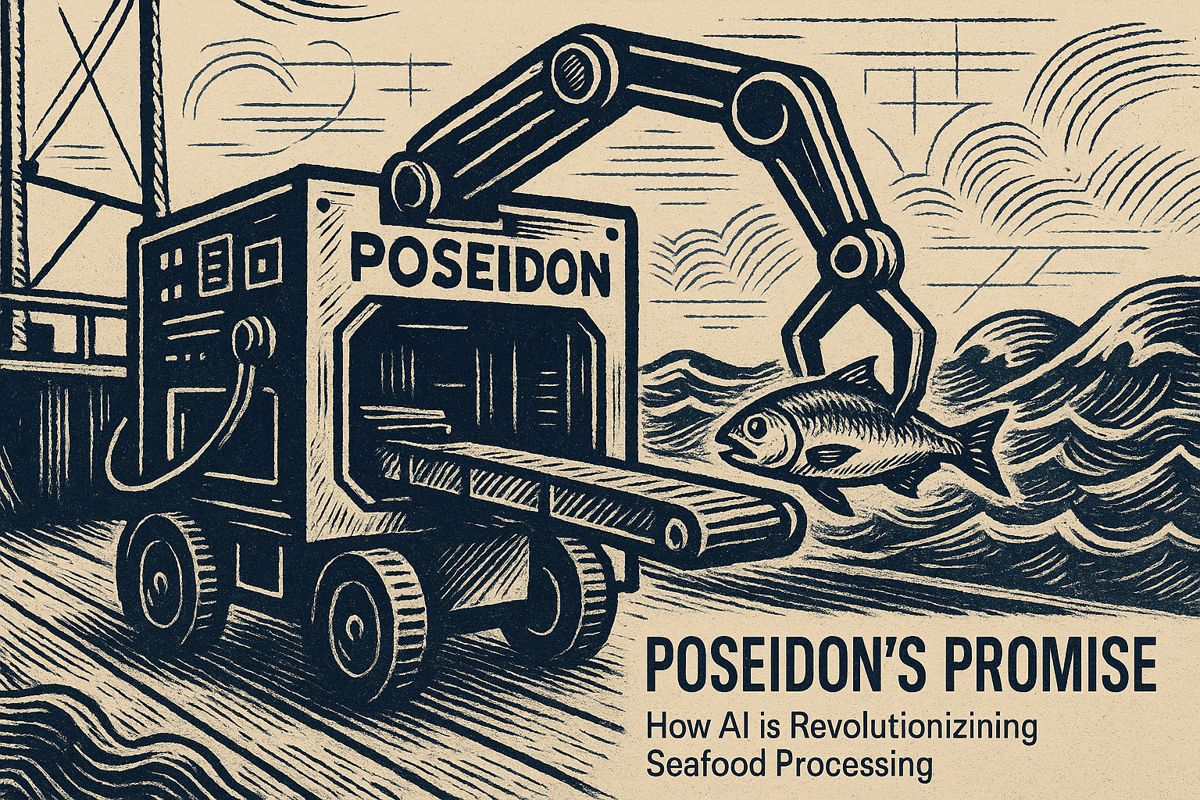Agentic AI is changing the way banks fight financial crime by using smart, autonomous agents to quickly check identities, spot risks, and keep detailed records. This technology helps banks catch more suspicious activity, reduces mistakes, and saves a lot of time and money. Early results show banks are speeding up customer checks from days to minutes and cutting false alarms nearly in half. Agentic AI makes it easier for banks to stay safe and follow the rules, while freeing up staff for tougher cases. Banks around the world are now racing to use this technology to stop more financial crime.
How is agentic AI transforming financial crime detection and compliance in banking?
Agentic AI uses autonomous agents to automate KYC and AML processes, achieving faster onboarding, real-time risk monitoring, and audit-grade transparency. Early adopters report cost reductions, decreased false positives, and improved detection rates, signaling a major advance in combating financial crime in banking.
Agentic AI: The Next Frontier in Banking’s War on Financial Crime
Banks worldwide spend billions annually on Know Your Customer (KYC) and Anti-Money Laundering (AML) compliance, yet the industry detects only ~2 % of the estimated $1.6 trillion in illicit financial flows each year (source).
Agentic AI – autonomous AI agents that plan, decide and execute multi-step workflows without constant human oversight – is emerging as the breakthrough technology that may finally close this 98 % detection gap while cutting operational costs.
The Current State: Expensive and Inefficient
| Metric | 2025 Snapshot |
|---|---|
| Global compliance spend | > $200 billion across banking |
| Average onboarding time (retail) | 3–5 business days |
| False-positive rate in alerts | 95–99 % |
| Analyst productivity vs. agentic | Up to 20× lower (source) |
Traditional rule-based systems generate millions of alerts, forcing analysts to sift through paperwork and legacy databases. Result: customer friction, ballooning headcount and regulators who remain unimpressed.
How Agentic AI Works in KYC/AML
-
Auto-onboarding
– Identity verification agents scan passports, selfies, utility bills and corporate registries in seconds, pulling third-party data via APIs.
– Risk-scoring agents** cross-check against sanctions, PEP and adverse-media lists updated in real time. -
Continuous monitoring
– Transaction-surveillance agents profile every customer anew with each transaction, adjusting thresholds dynamically rather than relying on static rules.
– Investigation agents pre-assemble case files: summarizing suspicious patterns, attaching evidence, pre-filing Suspicious Activity Reports (SARs) for human sign-off. -
Audit-grade transparency
Every agent action is recorded in an immutable log that regulators can replay, satisfying emerging mandates from the EU AI Act and U.S. SEC/FINRA guidance (source).
Early Results from Live Pilots
- Cost reduction: 25 % of surveyed institutions expect > $4 million annual savings per business unit (source).
- Speed : Onboarding time dropped from days to minutes for retail clients in Singapore and Nordics trials.
- Quality : False-positive alerts fell 30–50 % within six months of deployment, freeing analysts for complex cases.
Adoption Timeline – 2025 and Beyond
| Phase | Milestone | Industry % (mid-2025) |
|---|---|---|
| Pilot | Selected high-risk portfolios | ~29 % |
| Scale-up | Retail & SME segments | 44 % planning in 12 mo |
| Enterprise | Wholesale, wealth, capital markets | Road-mapped 2026-2027 |
Banks are creating “agent squads”: specialized agents for document checks, QA, compliance review and final approval, overseen by human experts who focus on exceptions and coaching AI teammates.
Regulatory Watchlist
- Australia : Voluntary AI standards now extend to agentic systems; mandatory rules expected 2026.
- European Union: High-risk AI classification under the EU AI Act demands explainability and human oversight for AML models.
- United States: First SEC/FINRA-compliant compliance reviewer agent went live in 2025, validating agent actions in real time (source).
Key Takeaway for Practitioners
Agentic AI is no longer experimental. Banks that re-engineer entire KYC/AML journeys – rather than layering bots on old workflows – are already seeing double-digit productivity gains and measurable detection improvements. The race is on to move from 2 % detection to double digits before criminals evolve the next laundering playbook.
What is agentic AI and how does it differ from traditional automation in banking?
Agentic AI is a new generation of autonomous software agents that can plan, reason and execute entire workflows without human micro-management. Unlike traditional rule-based systems that flag suspicious transactions for analysts to review, agentic AI agents carry out their own pre-investigations: they gather evidence, test hypotheses and build cases before escalating only the truly high-risk items. Early pilots show productivity gains of up to 2,000 % for fraud-prevention teams, allowing banks to analyse vastly more data in real time.
How much can banks save by deploying agentic AI for KYC/AML?
More than 25 % of financial services firms expect to save over $4 million annually in compliance costs once agentic AI is fully deployed, according to 2025 industry surveys. The savings come from cutting onboarding times from days to minutes, slashing false-positive alerts and reducing the army of analysts needed for routine checks. One global bank reported that a single “agent squad” of specialised AI agents now handles the workload previously requiring dozens of full-time employees.
Why are current detection rates still so low despite heavy investment?
Even with billions spent on compliance, only about 2 % of global illicit financial flows are detected (a figure confirmed by Interpol and McKinsey in 2025). Legacy systems generate too many false positives, overwhelm investigators and miss sophisticated laundering techniques. Agentic AI addresses this by learning from every outcome and tuning algorithms dynamically, but most institutions are still in pilot phases; mass adoption is needed before the needle moves materially.
What are the main implementation challenges large banks face?
- Legacy integration: Complex, fragmented core systems require end-to-end process re-engineering rather than bolt-on fixes.
- Data quality: Agents need real-time, high-quality feeds; siloed or inconsistent data undermines accuracy.
- Regulatory oversight: New “compliance reviewer agents” trained on SEC/FINRA rules are emerging to self-monitor actions and create immutable audit trails for regulators.
- Change management: Banks must re-train staff from manual reviewers to exception-handling experts who coach and supervise AI agents.
How will regulations evolve for agentic AI in financial crime prevention?
Regulators are moving fast:
– Australia has issued voluntary AI standards for financial services, with mandatory guidelines expected shortly.
– The EU AI Act will impose strict transparency and human-oversight rules on high-risk systems, including AML agents.
– In the U.S., the first SEC/FINRA-compliant multi-agent system is already live, proving that real-time self-policing and automated regulatory reporting are achievable at scale.
Bottom line: agentic AI is no longer experimental – pilot programmes are active and scaling in 2025. Banks that start redesigning workflows now stand to cut costs dramatically and move the detection rate well beyond today’s 2 %.



















